During my last year of graduate school, I made a promise to myself: to keep on learning. At the time, I had defined that as attending at least one workshop in a new photographic process every single year. At the time, I had a fairly good track record started: Collodion POP in 2011, Albumen Printing in 2013 and a mentorship in Van Dyke in 2014. After graduating, I took a workshop in Chromoskedasic Sabattier, Mordancage and Chemigrams and felt that I would keep the pace up easily.
Life, however, had different – often better – plans for me. 2015 passed without a single workshop attended. Focus shifted toward exhibition planning, curriculum development and conference attendance. All these were certainly worthwhile activities, but I was missing that thrill of learning something new. With nearly two thirds of 2016 done, I’ve been annoyed by a persistent urge to explore – yet unable to fulfill that desire for nearly two years.
This last week, however, the “workshop drought” finally ended. I traveled down to Oregon and attended the Wet Plate Collodion Photogram Workshop taught by Nadezda Nikolova-Kratzer. Hosted by Lightbox Photographic, it was offered in conjunction with the opening of Remnants, a juried show focused on alternative and historical processes. Being part of this juried exhibition was icing on the cake – I was well beyond excited to attend the workshop in Wet Plate. Collodion has been one of those processes that I have avoided for years – intimidated by the complexities and weary of the hazardous nature of its chemistry. That said, I have always wanted to try it out. Nadezda’s workshop was a perfect opportunity to dip my feet in.
Nadezda did a terrific job with making the material approachable for beginners and advanced alt-pro photographers alike. Although I’ve certainly possessed a basic understanding of the process, she demystified so many elements of this complex process – one that I’ve always seen as magical. Using pre-mixed Bostick & Sullivan collodion chemistry made the process of coating plates a breeze – although I would certainly not say that I am an expert at it. From coating the plates with silver through exposure and development, I quickly developed a cautious confidence in what I was doing thanks to Nadezda’s hands-on guidance. Students were encouraged to play with several alternative processing methods that would alter the final result – and that exploration only fueled my interest in the process even more.
Focusing the workshop on creating photograms, rather than photographs, allowed us to appreciate the imperfections. If you have been following along with the development of my Chemigram series, this emphasis on serendipity was, of coarse, greatly appreciated. By focusing on form and shape rather than precision and representational qualities, I not only came out of the workshop with what I’d call a near-perfect image but I am also certain I can translate what I learned at this workshop and apply it in my own darkroom. I look forward to purchasing the chemicals this fall and exploring this process passionately over the long winter months.
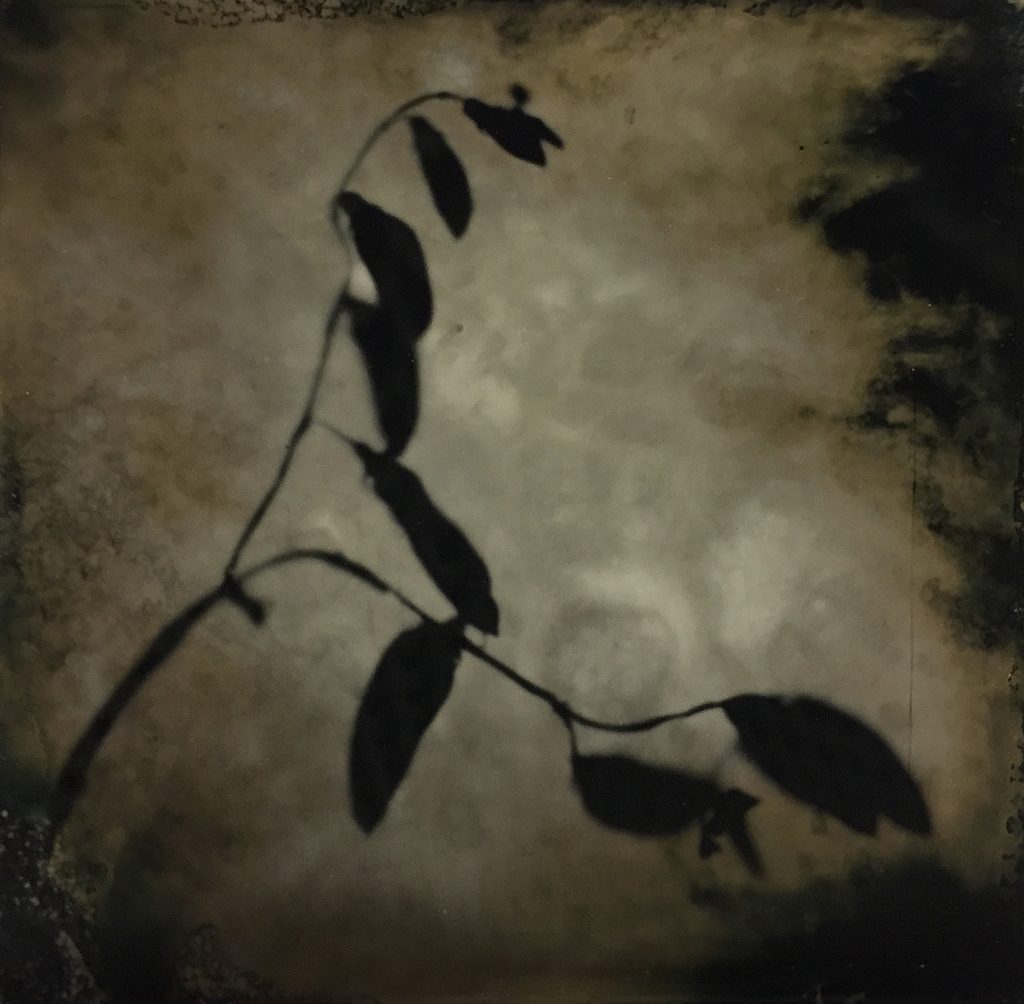
If you happen to find yourself in Oregon, Remnants is worth the drive – no matter the distance. With 20 different photographic processes represented by 40+ different artists, it is, by far, the most diverse photographic exhibition I’ve ever participated in or had the pleasure to see. The weekend was full of meeting artists and making new friends – and Michael and Chelsea Granger are some of the most passionate and welcoming gallery owners I’ve ever met. I wouldn’t trade this weekend in Astoria for anything.
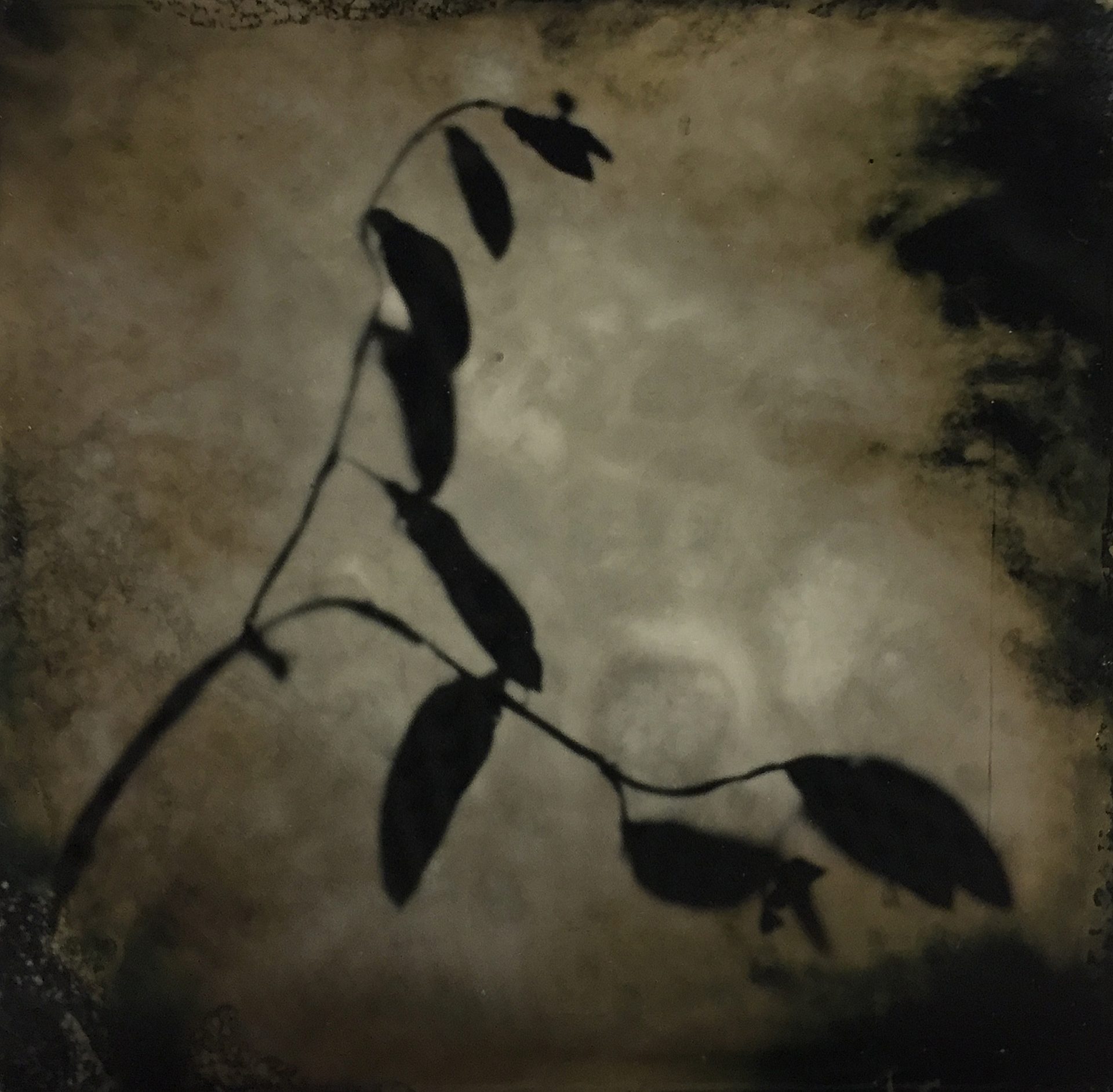
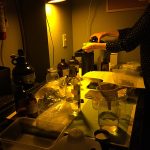
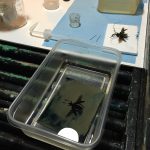
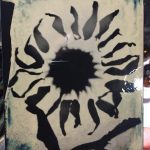
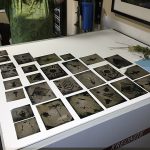

+There are no comments
Add yours